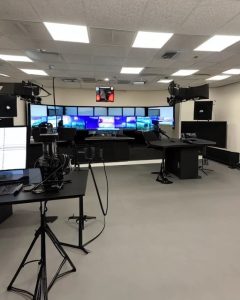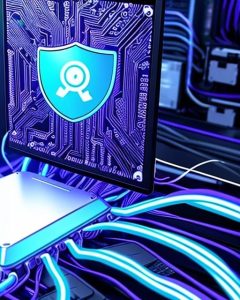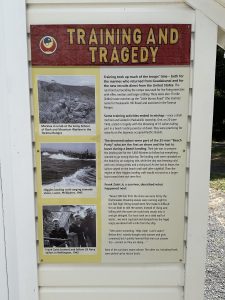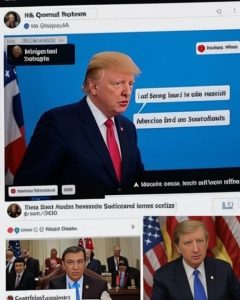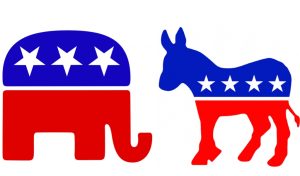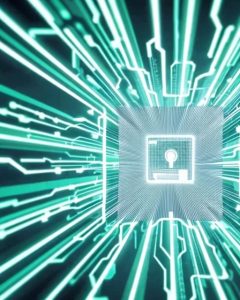Imagine a vast expanse of crystal clear waters, dotted with over 1,000 stunning islands stretching across 15 million square kilometers in the Pacific Ocean. This is Polynesia, a region steeped in tropical beauty and rich cultural heritage. The name itself, derived from the Greek words “poly” meaning many, and “nesos” meaning islands, perfectly captures the essence of this breathtaking destination. It is made up of three distinct groups of islands – Melanesia, Micronesia, and Polynesia – each with their own unique charm and traditions, yet connected by a shared history and cultural ties.
The islands of Polynesia are a haven for nature lovers, with lush rainforests, pristine beaches, and a diverse range of flora and fauna, including many endemic species found nowhere else in the world. But it’s not just the natural beauty that draws visitors to these islands. The people of Polynesia, with their diverse mix of Polynesian, Asian, and European influences, have a deep connection to their land and sea. Their traditional way of life revolves around fishing, farming, and navigation, and their culture is steeped in oral traditions, with storytelling, music, and dance playing a significant role in their society.
One of the most iconic symbols of Polynesia is the outrigger canoe, which has been used for thousands of years for transportation, fishing, and exploration. It is a testament to the early Polynesians’ incredible navigational skills, as they used their knowledge of the stars, winds, and ocean currents to explore and settle new islands. Today, this same spirit of exploration and adventure continues to attract visitors from all over the world to Polynesia.
With a rich history dating back over 3,000 years, Polynesia is a place where ancient traditions and modern influences coexist. It is a popular tourist destination, offering a unique blend of natural wonders, vibrant culture, and warm hospitality. From the stunning landscapes to the warm and welcoming people, there is no shortage of reasons to visit and explore this enchanting region. In conclusion, Polynesia is a true paradise, with its diverse islands, cultures, and traditions waiting to be discovered and experienced.
Countries and territories comprising Polynesia: Samoa, Tonga, Tuvalu, Cook Islands, French Polynesia (includes Tahiti), Niue, American Samoa, Tokelau, Wallis and Futuna, Easter Island (a special territory of Chile).










